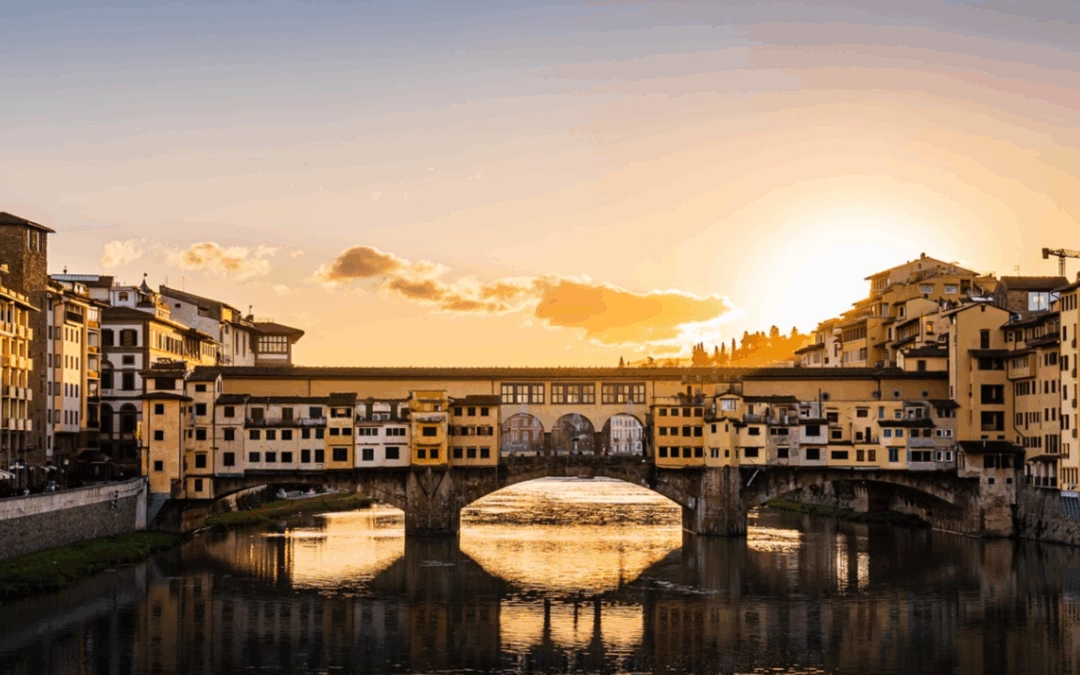Italy is a country full of history, beauty, and traditions. From the Alps in the north to the islands in the south, every part of the country looks and feels different. This variety is what makes Italy special – particularly for me as a Native.
Many civilizations left their mark here. The Romans built roads, aqueducts, and cities that we can still see today. Later, during the Renaissance, Italian artists, architects, and thinkers created works that changed the world. Even now, the past and the present live side by side: ancient ruins stand next to busy streets, and medieval towns are just a short drive away from modern cities.
Italy’s Identity
Art and architecture are part of Italy’s identity.
Cities like Rome, Florence, and Venice are open-air museums, but even small towns hide churches, palaces, and squares that tell centuries of history, take for instance Alberobello in Puglia, with its unique Trulli, distinctive white buildings with conical roofs. This UNESCO World Heritage Site feels almost like a fairy-tale village, and it shows how even the smallest towns can hold treasures worth discovering.
These charming and otherworldly structures create a magical, unique landscape perfect for photography and exploring. Walking through them, it feels like time has slowed down.
What makes Italy truly special, however, are the people. Italians are warm, welcoming, and proud of their traditions. Family is very important, and local customs are still respected. At the same time, Italians know how to enjoy life — whether it is having a coffee in the morning, visiting a market, or taking a walk in the evening.
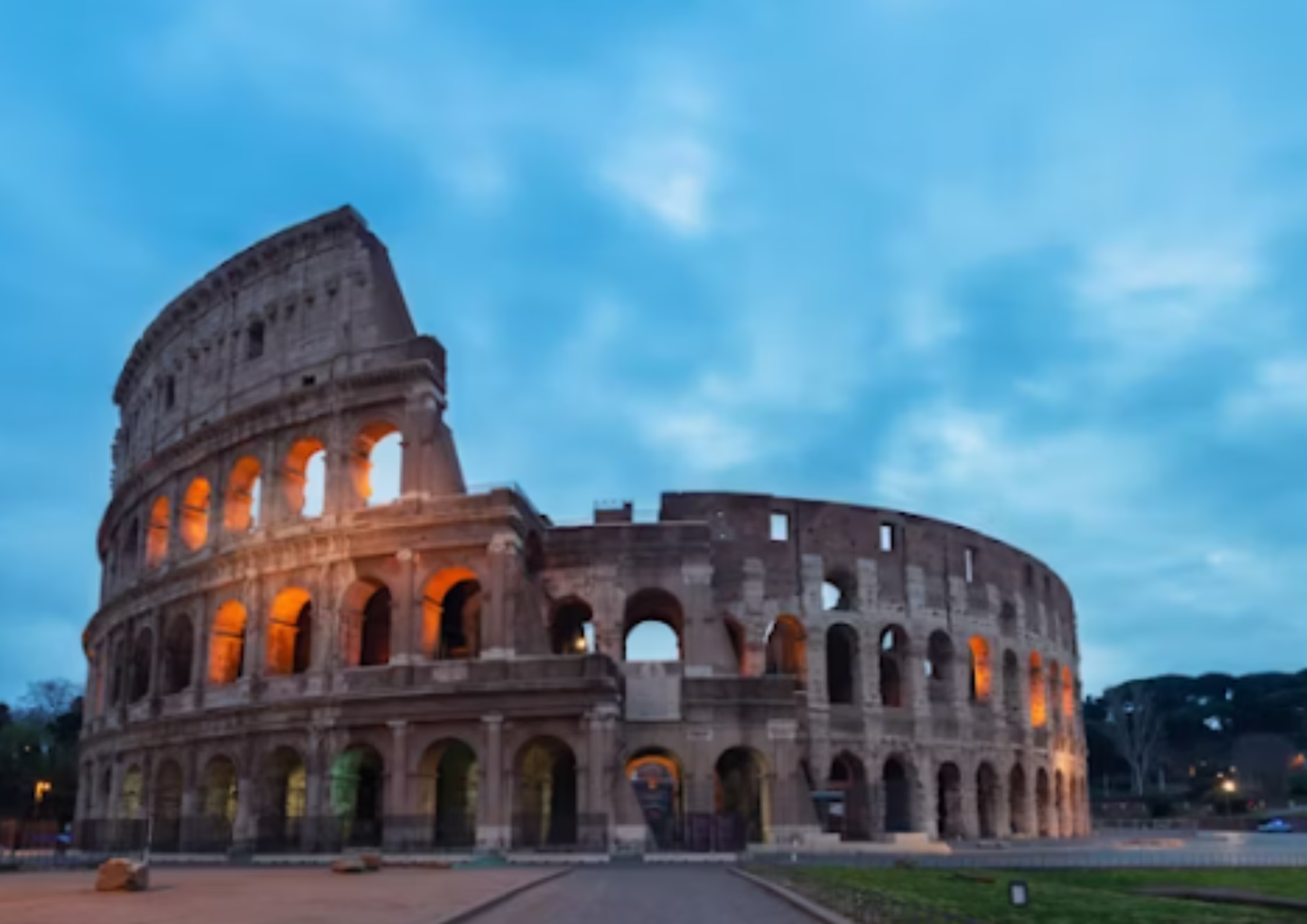
I would say that my home country is a place of contrasts: mountains and beaches, old and new, north and south. All these differences come together to form one country that is full of life and character. Hence, it will be difficult for me to cover all parts of this diverse country, but I want to give you some insights and details about places which are close to my heart.
Sicily: The Getaway of Messina
Sicily is the biggest island in the Mediterranean Sea, and it has always been a meeting point of cultures. Greeks, Romans, Arabs, Normans, and Spanish all lived here, and each left something behind. This mix of history makes Sicily unique, and you can see it in the architecture, food, and traditions of the island.
Messina, the city where Sicily is closest to the Italian mainland, is often called the “Gateway to Sicily”. It stands on the narrow Strait of Messina, where ferries cross every day. The Caronte ships connect Sicily with Calabria, carrying both people and cars across the water. For many travelers, this is the first view of the island: the shining sea, the mountains in the distance, and a city that has been rebuilt many times after tragedy.
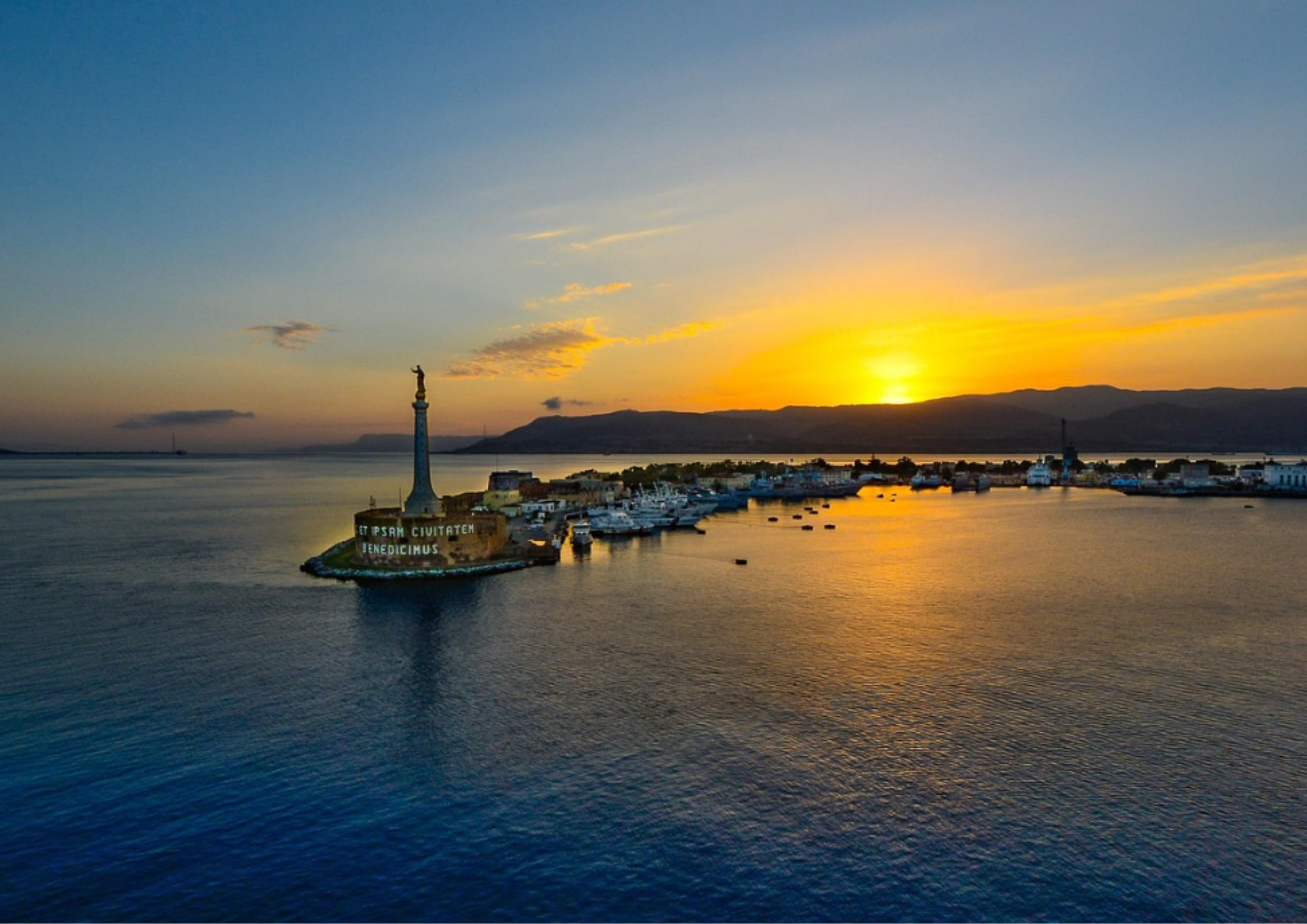
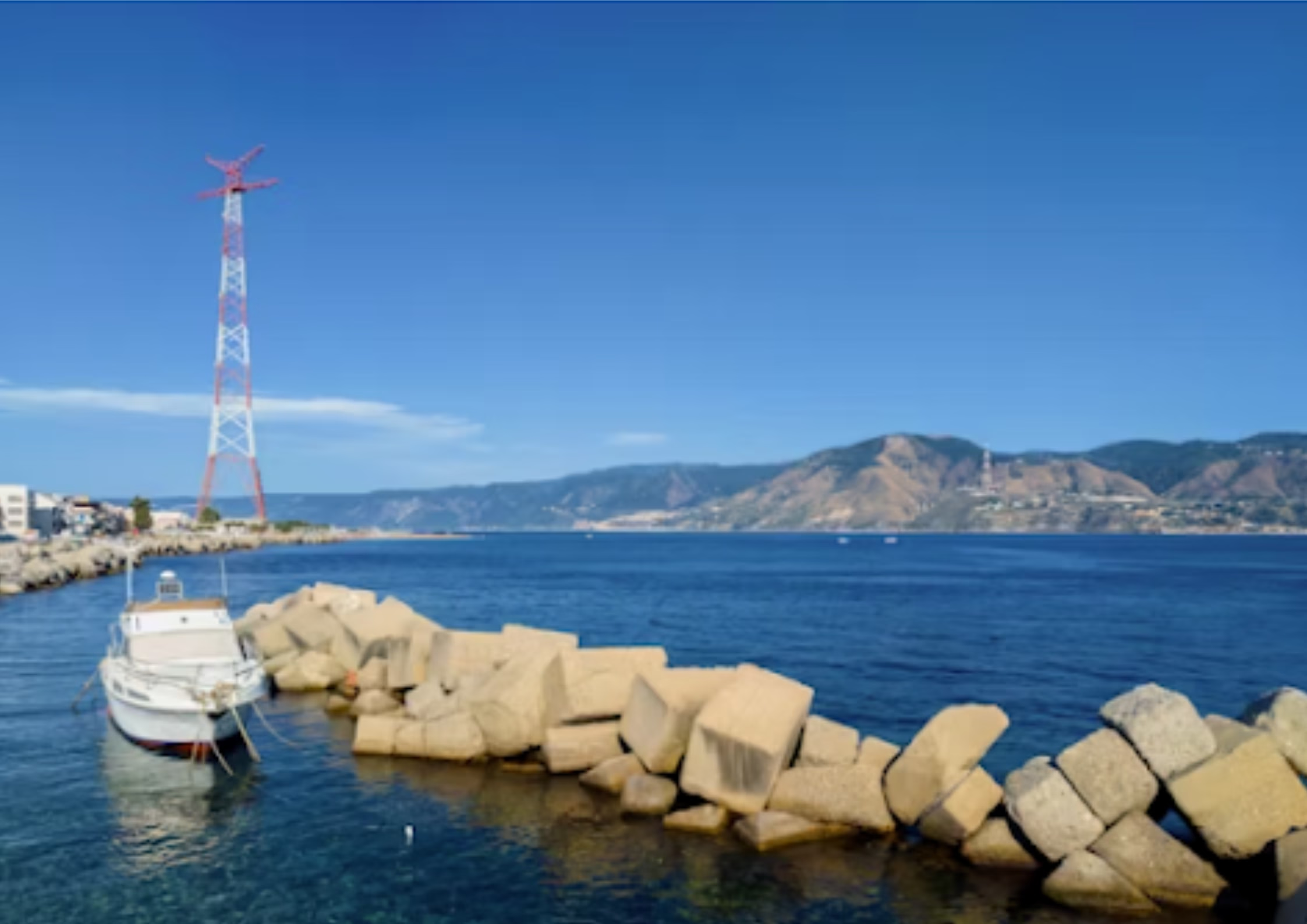
The most difficult moment in Messina’s history was the earthquake of 1908, one of the strongest ever recorded in Europe. Almost the entire city was destroyed, and many lives were lost. Despite this disaster, Messina rose again. New buildings were constructed, streets were redesigned, and the city became a symbol of strength and resilience.
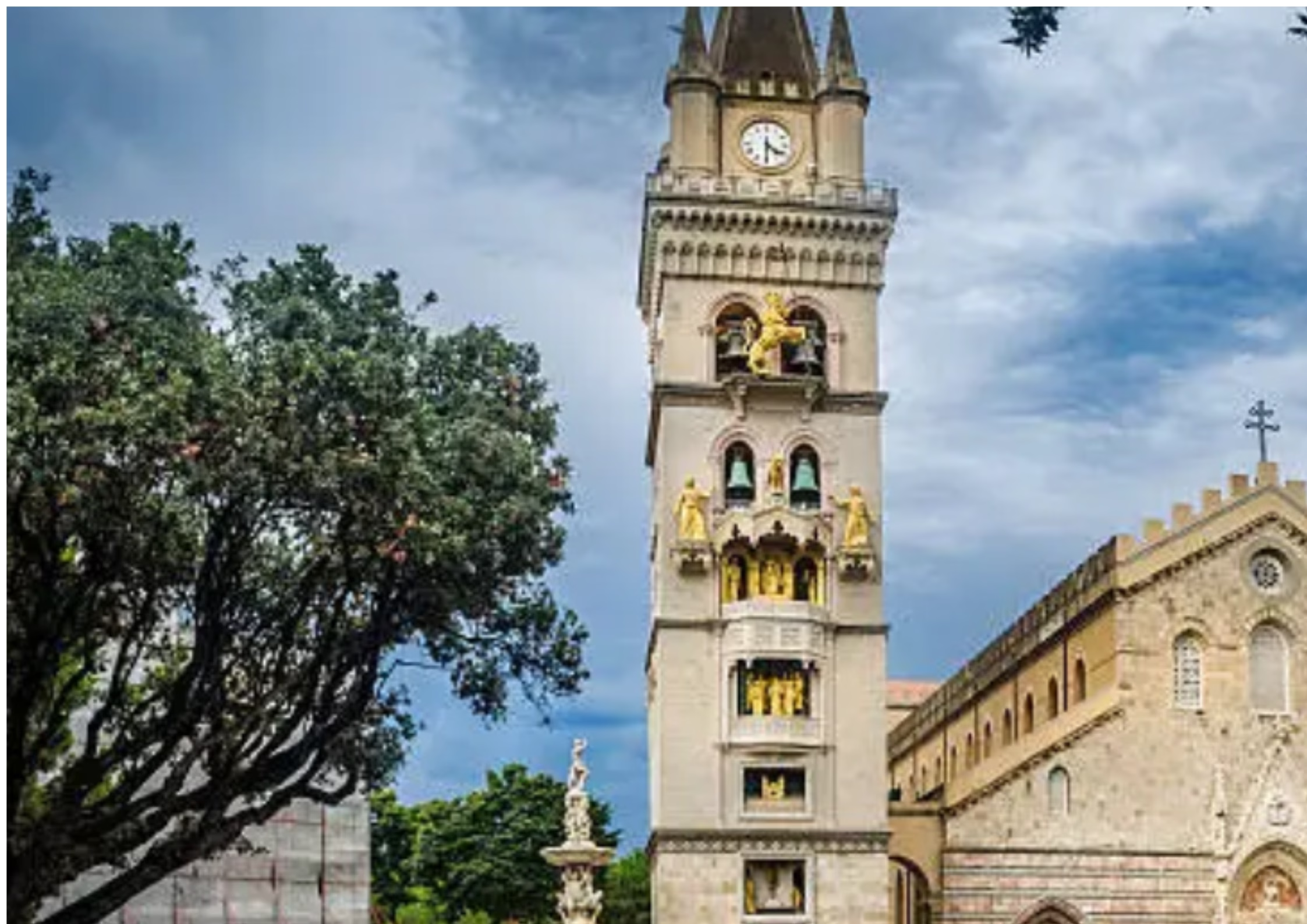
Today, one of Messina’s most important landmarks is the Cathedral, with its famous astronomical clock. Every day at noon, people gather in the square to watch the mechanical figures move and tell stories from history. Religion and tradition are still very important in the city. During Easter, the Varette procession takes place: large wooden statues representing scenes from the Passion of Christ are carried through the streets by groups of people, followed by music, prayers, and crowds of locals.
The heart of Messina also beats in its markets. The most famous one is Mercato Vascone, a lively place where vendors sell fresh fish, fruit, vegetables, and local specialties. The colors, the voices, and the smells of the market reflect the true spirit of Sicily.
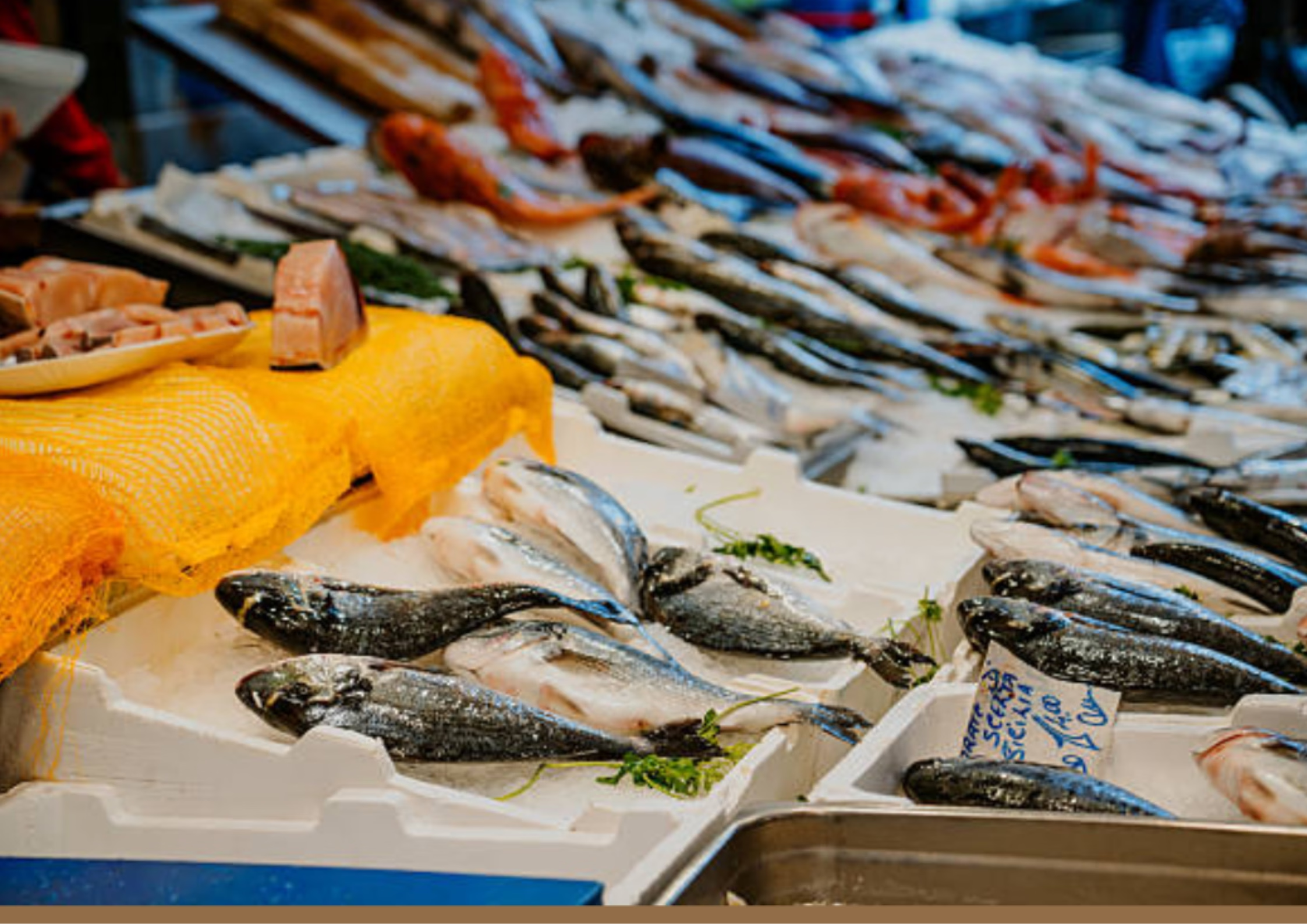
Messina is more than just a port or a stop on the way to other places. For me, it represents my childhood. The sea that surrounds the city is where I learned to swim, and the smell of fresh fish — even if some people might not like it — always reminds me of home. Messina is the heart of Sicily: a land that combines beauty and strength, tradition and openness, history and daily life.
Tuscany: The Charm of Lucca
Tuscany is one of the most famous regions of Italy, known for its hills, vineyards, and historic towns.
It is often called the heart of the Renaissance, because so many artists, thinkers, and architects lived and worked here.
Cities like Florence, Siena, and Pisa are famous all over the world, but Tuscany is also full of smaller towns that keep their traditions alive. One of these is Lucca, a city that shows the quieter and more authentic side of the region and where I have been living for more than 10 years now.
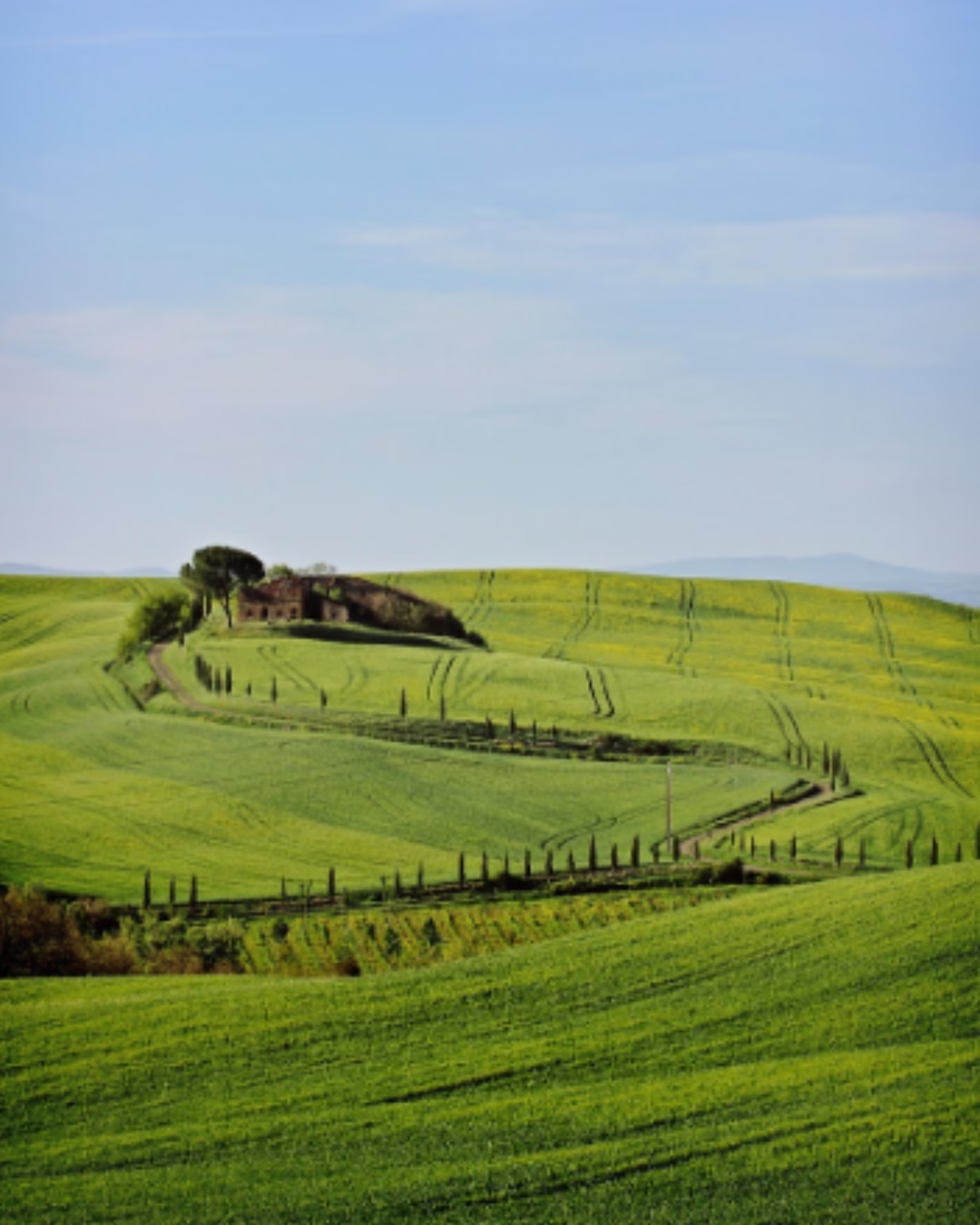
Lucca is often called the “city of a hundred churches,” because of the many religious buildings inside its walls.
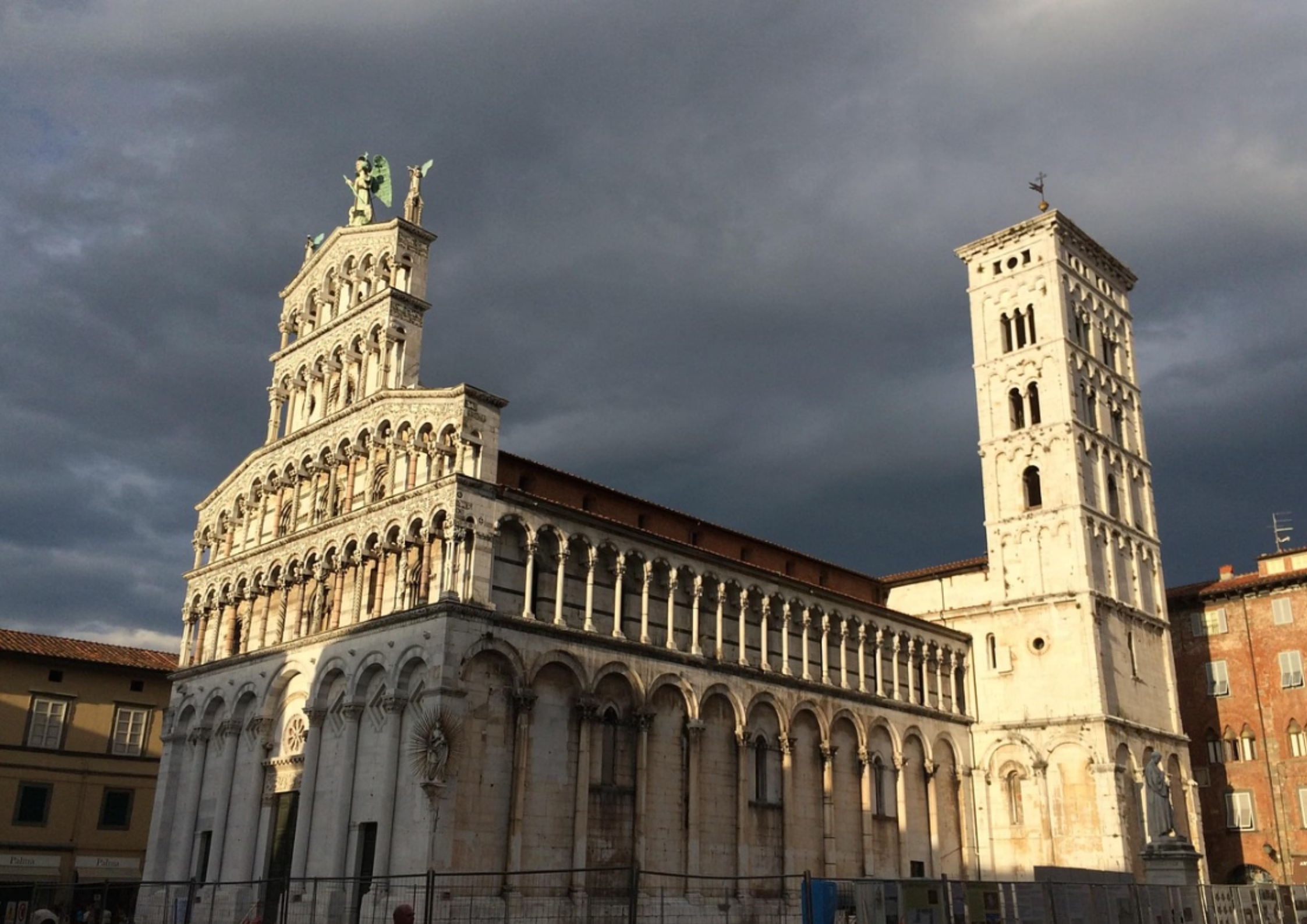
Other important landmarks include the Cathedral of San Martino, with its mix of Romanesque and Gothic styles, and the Church of San Michele in Foro, with its elegant marble façade decorated with columns and sculptures.
The city also has a rich cultural life: every summer, the Lucca Summer Festival brings famous international musicians to perform in the historic center, while the Lucca Comics & Games fair is one of the most important events in the world for lovers of comics, animation, and games.
Lucca expresses the elegance of Tuscany, with its art, history, legends, and landscapes. It is a city where the past is always present, but daily life is calm and welcoming.
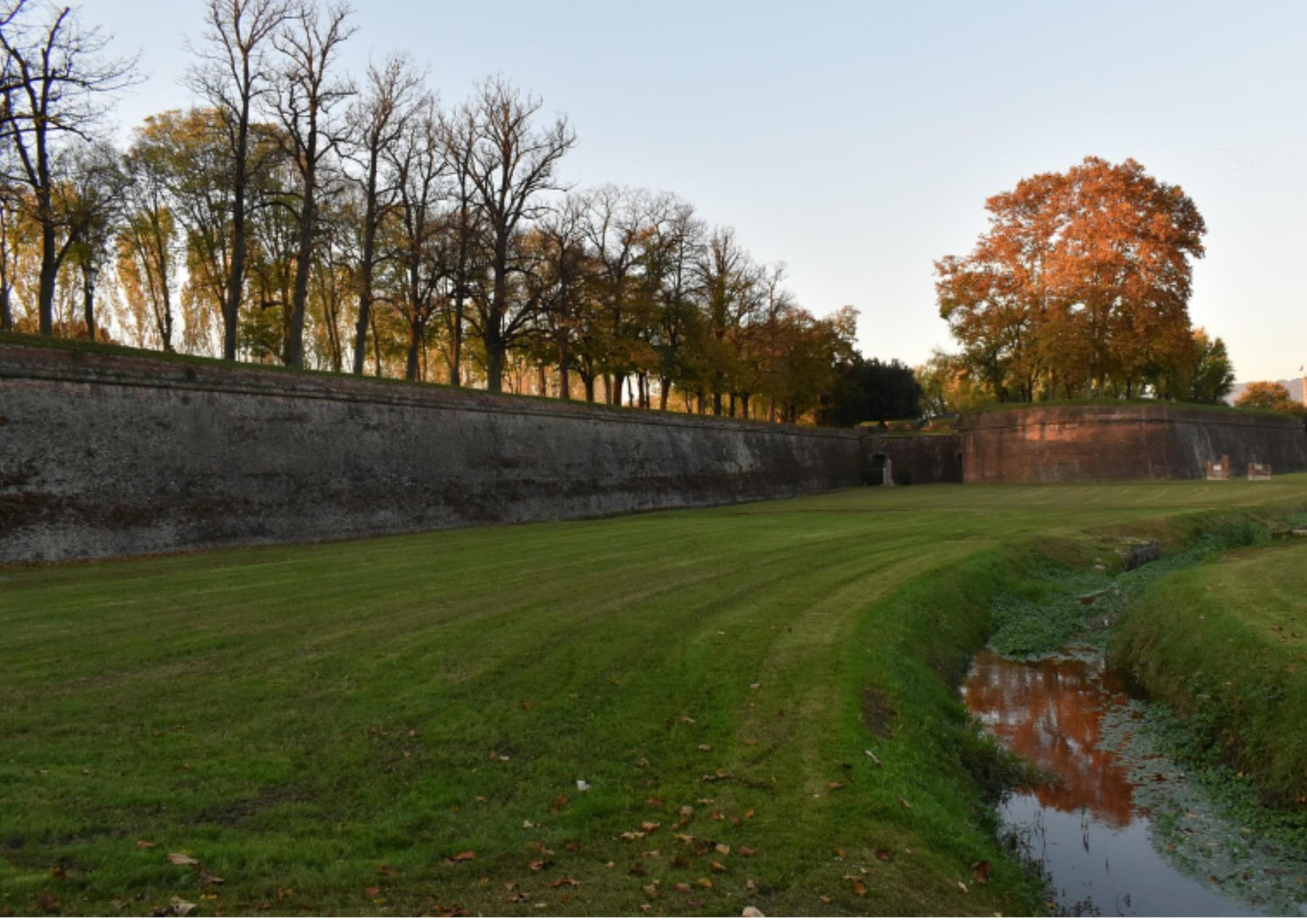
Lucca: An Open Air Museum
The city is completely surrounded by Renaissance walls that were built to protect it from enemies. Today, these walls are used for leisure activities, they are a popular place for walking, running, and cycling, with beautiful views over the city and the countryside.
The historic center of Lucca is full of charm. Narrow cobblestone streets open into squares where life is calm and relaxed.
The most famous square is Piazza dell’Anfiteatro, which in the past was a Roman amphitheater, where gladiators used to fight. Over time, houses and shops were built into its walls, but the oval shape remains the same, and the ancient gates where gladiators once entered can still be seen today.
Lucca also has many towers that tell stories from the past: The most famous one is the Guinigi Tower, easily recognized because of the oak trees growing on its top. Built by a powerful family in the 14th century, the tower was a symbol of wealth and strength, and the rooftop garden still makes it one of the most unusual landmarks in Italy. Visitors can climb its steps to enjoy views over the city and surrounding hills.
Another important tower is the Clock Tower. Legends say that the tower is haunted by the ghost of a young woman who tried to stop the clock to avoid her death, giving it a mysterious aura that adds to Lucca’s atmosphere.
The city is full of legends and hidden stories. One tells of Saint Zita, a young maid from Lucca who became famous for her kindness and is now the city’s patron saint.
Walking through Lucca, is like a museum in the open air.
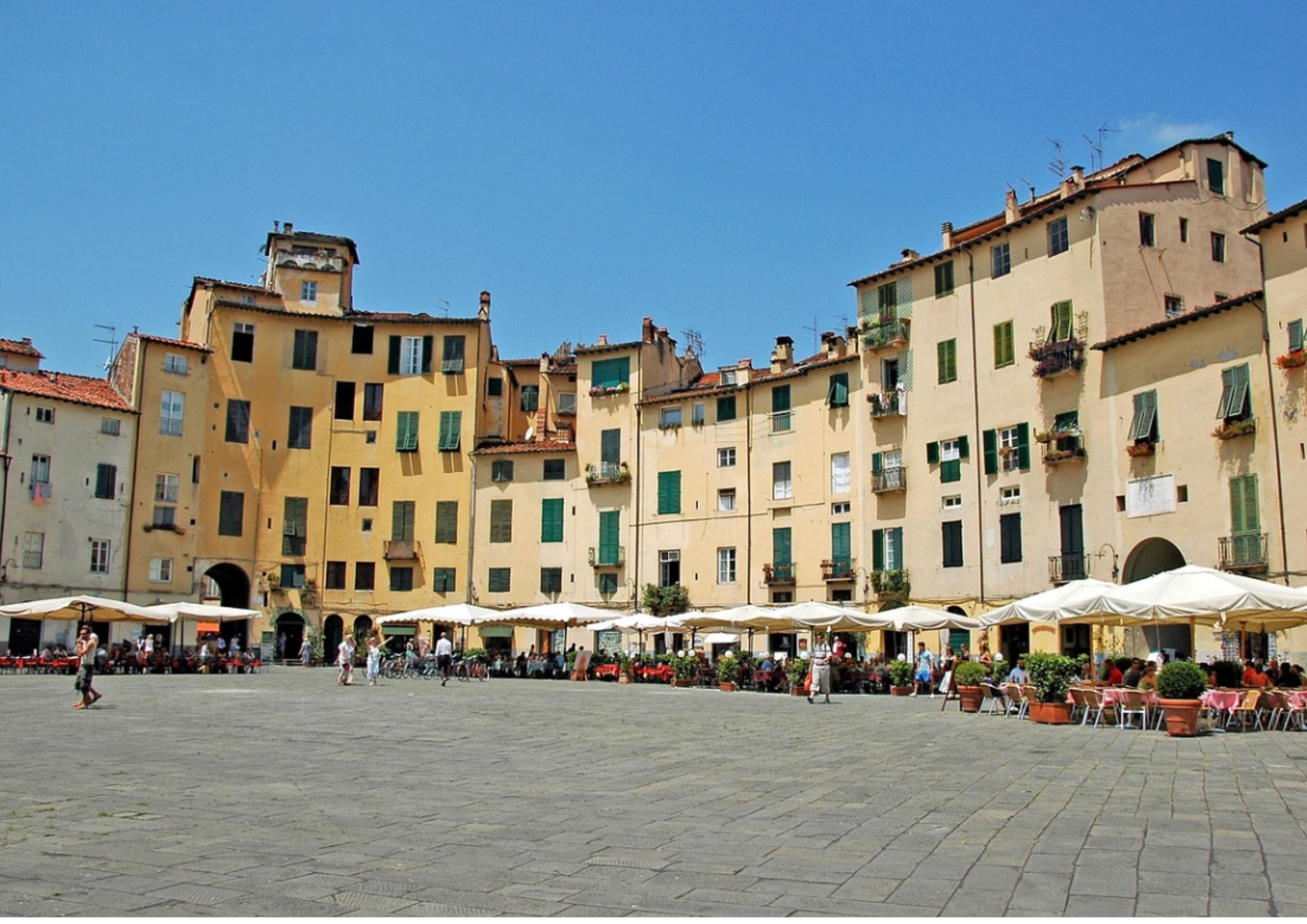
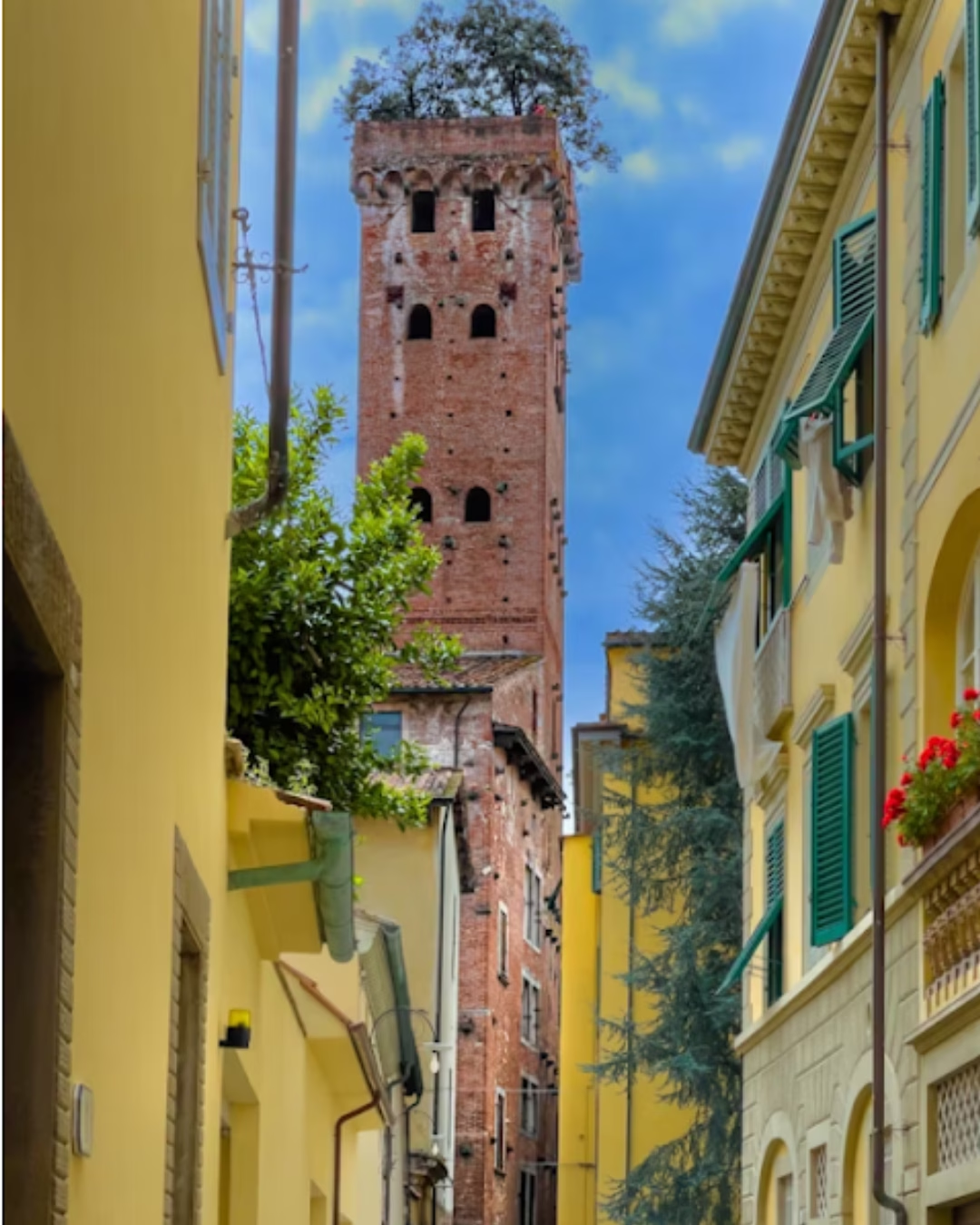
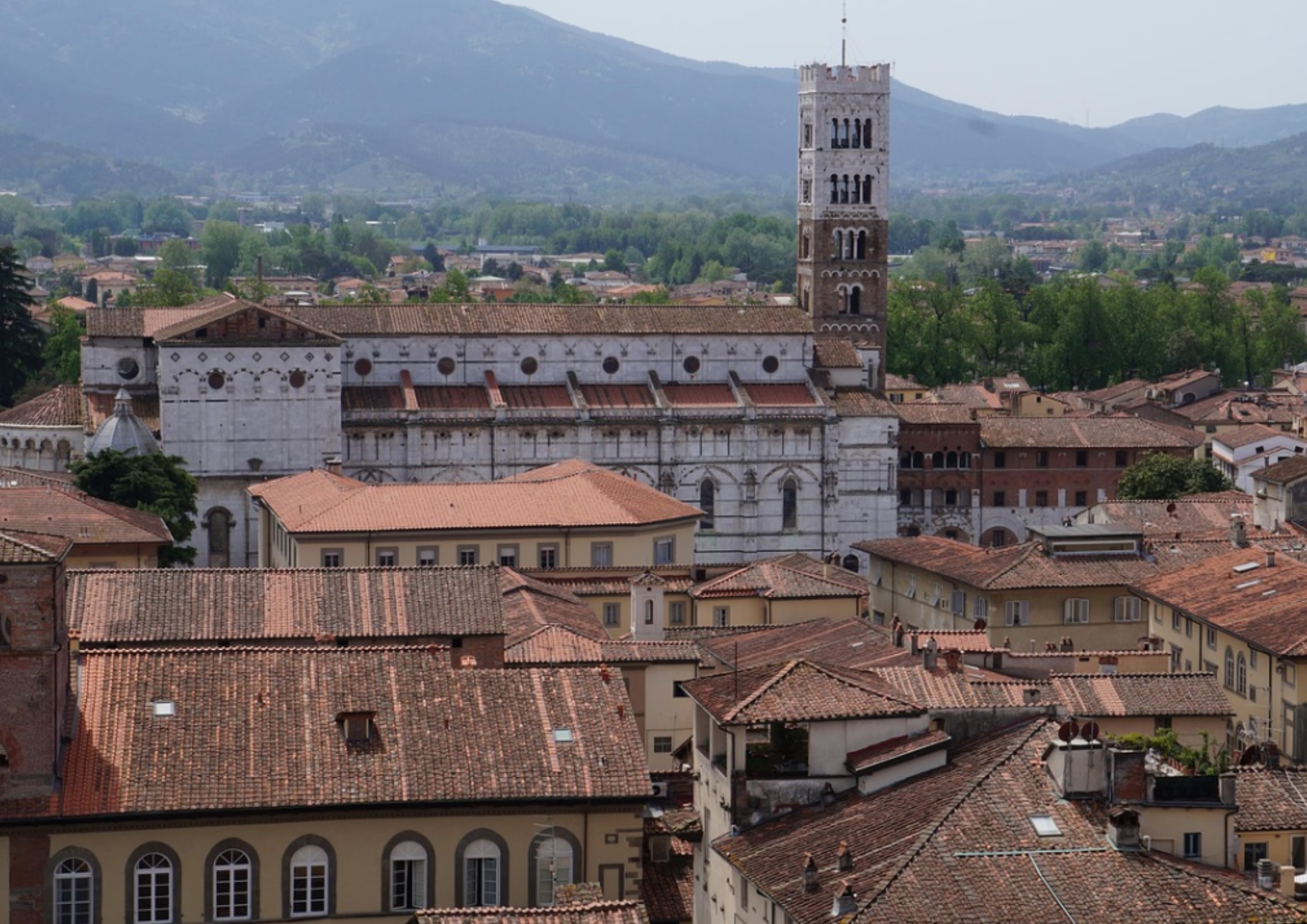
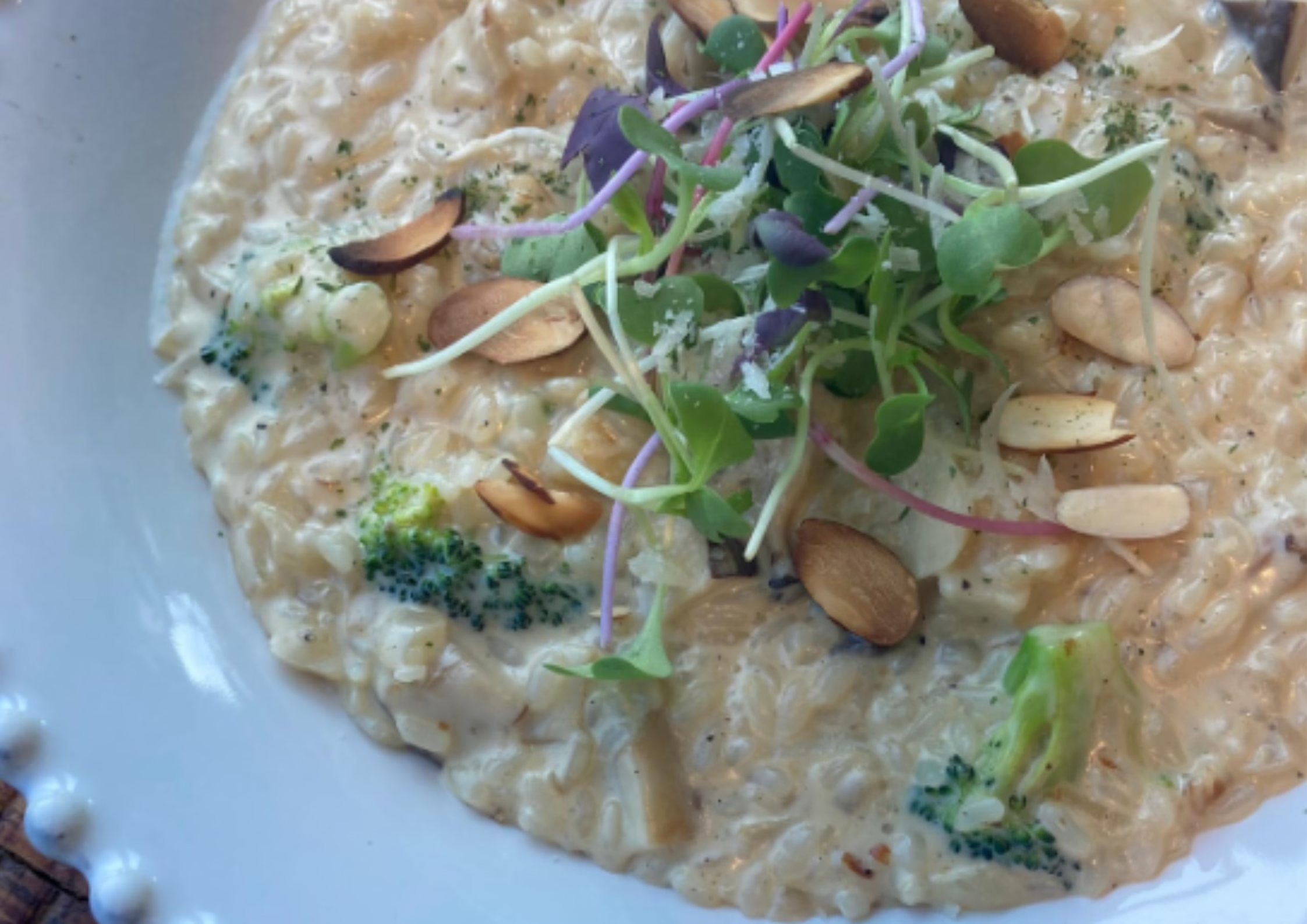
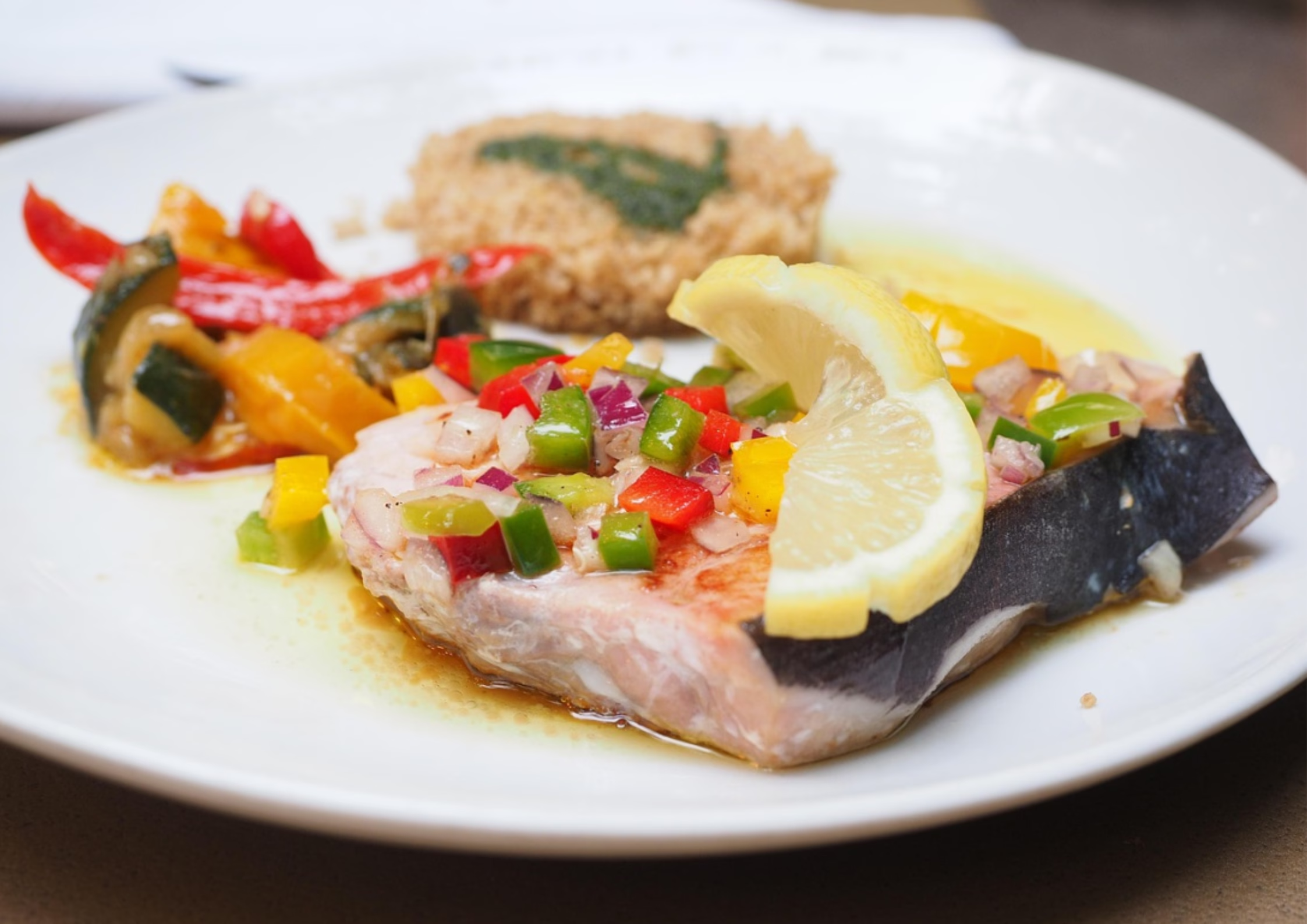

Cuisine
I love Italian food not only because the taste is my childhood memory but particularly because it is sooo delicious. No surprise that it is famous everywhere – even though many people think it is the same everywhere in Italy. Instead, what we eat really depends on the region. In the north, people enjoy risotto, polenta, and cheese, while in the south, where I was born, we eat pasta, tomatoes, olive oil, and fresh fish. Eating in Italy is not just about food, but about spending time together. Meals are long, often shared with family and friends, and they are an important part of daily life.
Food in Messina is full of flavor and tradition. Swordfish, caught in the strait, is one of the specialties, often grilled with lemon. Street food is everywhere: arancini, our delicious rice balls – for all vegetarian also available without meat – are loved by locals and visitors alike. Sweets are also part of everyday life. Cannoli filled with ricotta cream and pignolata, small pastries covered with lemon and chocolate glaze, are traditional favorites. And of course, no visit to Messina is complete without granita — a frozen dessert made from fruit or nuts which is even traditionally vegan. Having granita with brioche for breakfast on a summer morning is a must, and a tradition that defines Sicilian life.
Italy is a country of many contrasts, where every region tells its own story.
Together, they reflect what makes Italy special: a land of history, culture, and daily life that continues to fascinate both visitors and those who call it home. I hope that I could give you a personal glimpse and that I woke your curiosity to discover my favorite places and taste my favorite dishes on your own.
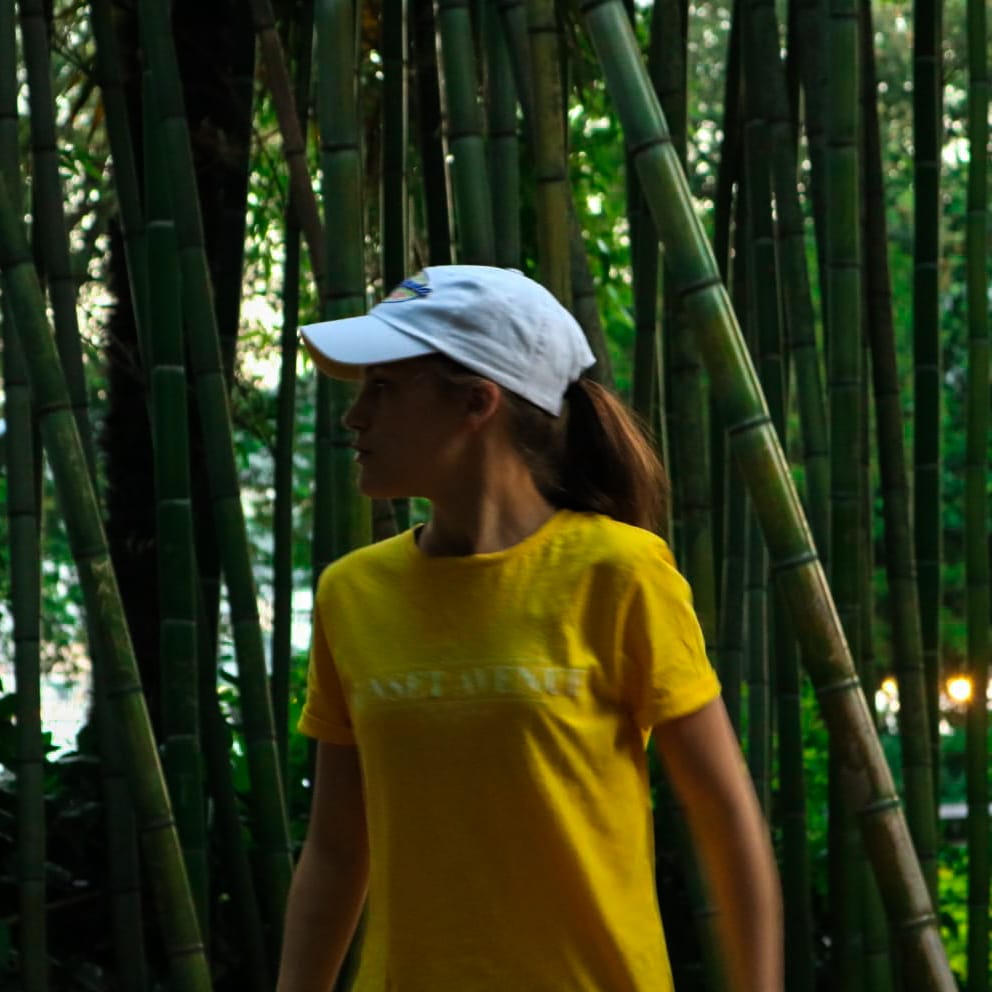
Amanda
My name is Amanda, and I was born in Patti, a small city near Messina and since the age of 13, I have been living in Lucca.
I love traveling and discovering new cultures, but I also enjoy the simple moments, like reading a book while sitting on a bench of the city walls or taking a walk in the nice Italian weather while listening to music.

